 I crunch my way to the mailbox to pick up the daily paper thrown there in the walkway, and look up half asleep at the clear blue sky feathered with white brush strokes.
I crunch my way to the mailbox to pick up the daily paper thrown there in the walkway, and look up half asleep at the clear blue sky feathered with white brush strokes.
Another gorgeous day in Lake Oswego.
I turn around and head back in to my coffee, passing my tomatoes in their pots on the kitchen patio, inspecting them to see which green ones have started to turn so that I can bring them in to finish on my counter (I like to watch them ripen there). As I start to close the door I decide to leave it open to look out at the beautiful array of colors… red, yellow, green, and all stages in between on their way to the next hue.
A friend told me the other day that she loves Fall… I said I don’t, because it reminds me that summer is fading… gone. But as I think of it today, I guess I lied because even though summer is my favorite season (OK… I’m into excess… maximum exposure to sun/greenery/life in bloom) Fall does have that peaceful, lazy feel of knowing that cozy nights by the fireplace are not too far off- snow days here & there for my 16-year old, and watching kids slide down the hill on trash can lids or whatever else they can find on those rare days- even the big turkey on the table with friends gathered round- it’s all coming closer.
Yes, summer is gone, but this special time… this crisp, colorful season is so… what? I guess it is comforting. Warm even as temperatures chill. Though everything changes, nature is kind. There is beauty and pleasure in every single phase of the year. For now we can enjoy the relatively warm weather, the crisp skies, the amazing, fiery colors and the unique gifts of this season which seem to whisper: Live now. Always now.
Lake Oswegans: Remember to either dispose of your Fall leaves at designated drop-off sites including Grimm’s Fuel, compost them, or place them in “kraft” bags available at hardware and home-improvement stores for pick-up by Allied Waste for an additional $3.04 per bag charge. Happy Fall!

 Construction was completed on the new multi-use field near Lakeridge High School in the spring, the first sporting events being soccer and lacrosse. The field also accommodates football and baseball. It boasts a playing field made of plastic fibers and ground-up rubber which has excellent lasting capacity and drainage according to Gary Evans, assistant director at Lake Oswego Parks & Recreation. Neighbors’ concerns were addressed with state-of-the-art, computer-controlled, “green” lighting that uses a minimum number of fixtures and reduces energy-wasting light “spill”. The park is open until 10:00PM, but lights may be turned off by teams if they’re finished early by calling a toll-free number and entering a password. Most local leagues may use the field for free once a seasonal fee is paid.
Construction was completed on the new multi-use field near Lakeridge High School in the spring, the first sporting events being soccer and lacrosse. The field also accommodates football and baseball. It boasts a playing field made of plastic fibers and ground-up rubber which has excellent lasting capacity and drainage according to Gary Evans, assistant director at Lake Oswego Parks & Recreation. Neighbors’ concerns were addressed with state-of-the-art, computer-controlled, “green” lighting that uses a minimum number of fixtures and reduces energy-wasting light “spill”. The park is open until 10:00PM, but lights may be turned off by teams if they’re finished early by calling a toll-free number and entering a password. Most local leagues may use the field for free once a seasonal fee is paid. Amenities of the 12-acre site include walking paths and access to trailheads, a beautiful 1.5 acre wetland, playground, parking lot, restroom facility and two luxurious off-leash dog parks- one is 1.6 acres and intended for larger gregarious dogs (though it is open to all dogs), whereas the other is 1.1 acres and reserved for smaller and/or timid dogs. Both dog parks include incredible fencing that is seemingly jump-, dig-, and escape-proof with double-entry gates. There are also benches and picnic tables for dog owners to relax and/or socialize, covered/shady areas for rainy or too-sunny days, water-stations, garbage cans, you-scoop-bags, and open areas for playing fetch or just letting the dogs play.
Amenities of the 12-acre site include walking paths and access to trailheads, a beautiful 1.5 acre wetland, playground, parking lot, restroom facility and two luxurious off-leash dog parks- one is 1.6 acres and intended for larger gregarious dogs (though it is open to all dogs), whereas the other is 1.1 acres and reserved for smaller and/or timid dogs. Both dog parks include incredible fencing that is seemingly jump-, dig-, and escape-proof with double-entry gates. There are also benches and picnic tables for dog owners to relax and/or socialize, covered/shady areas for rainy or too-sunny days, water-stations, garbage cans, you-scoop-bags, and open areas for playing fetch or just letting the dogs play. You may have noticed that the market has been changing for awhile now.
You may have noticed that the market has been changing for awhile now.

 I have seen everything from what seems like extreme overpricing ($100,000 or more above what seems like a reasonable asking price) to modest positioning above apparent market value.
I have seen everything from what seems like extreme overpricing ($100,000 or more above what seems like a reasonable asking price) to modest positioning above apparent market value.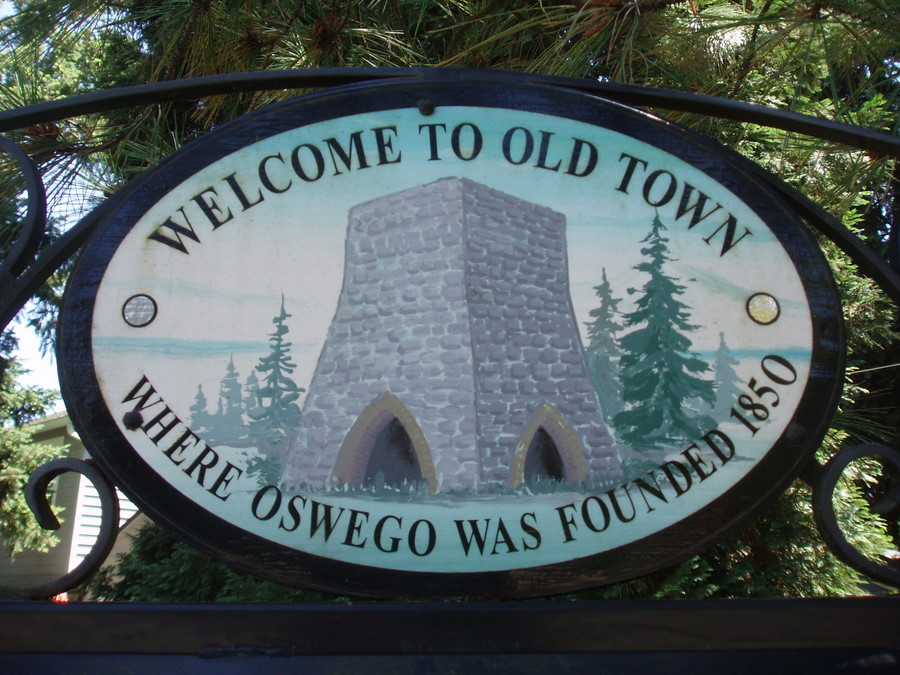
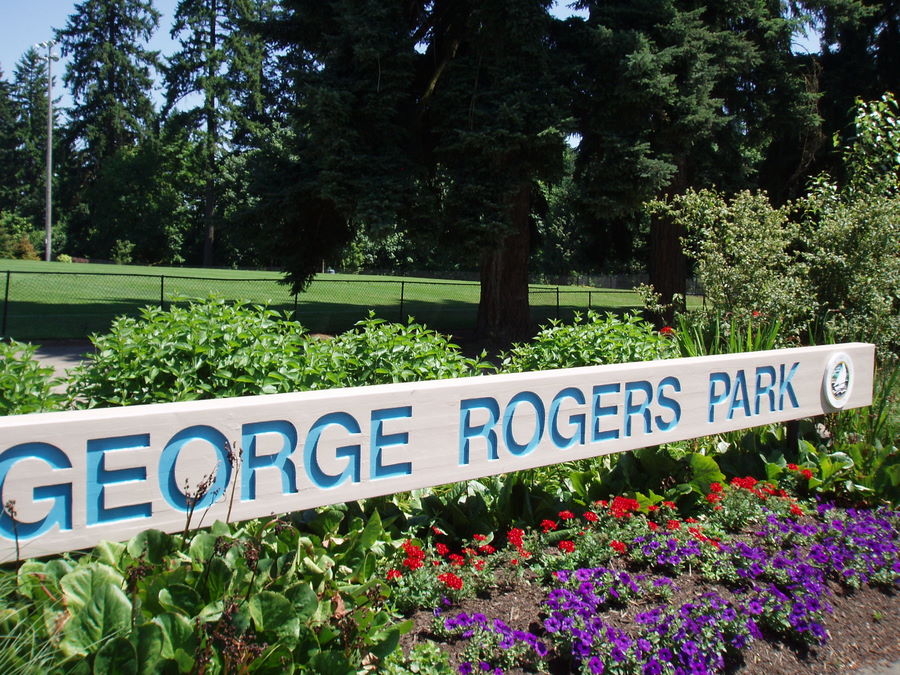



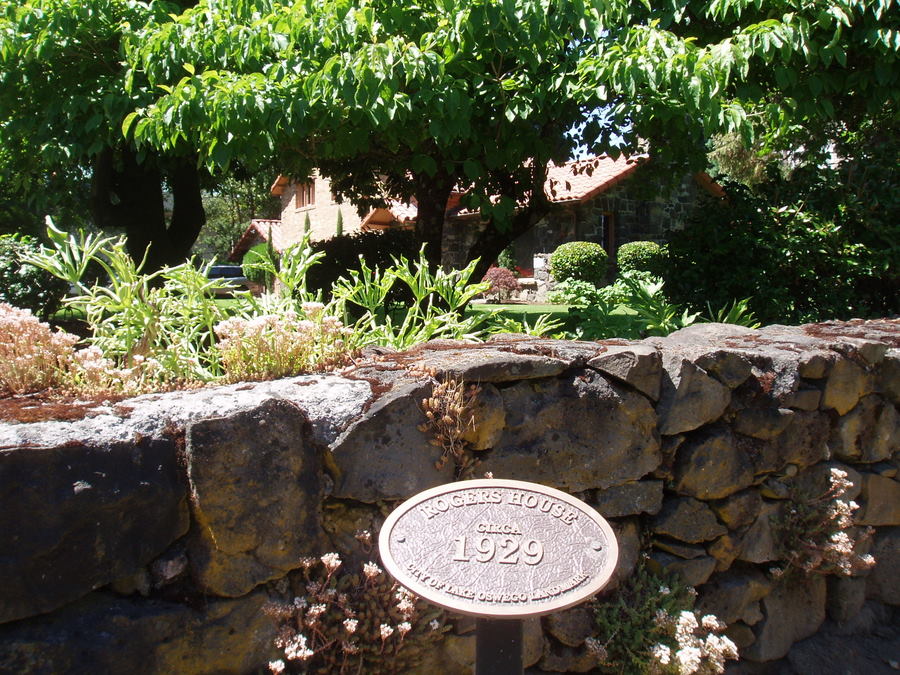

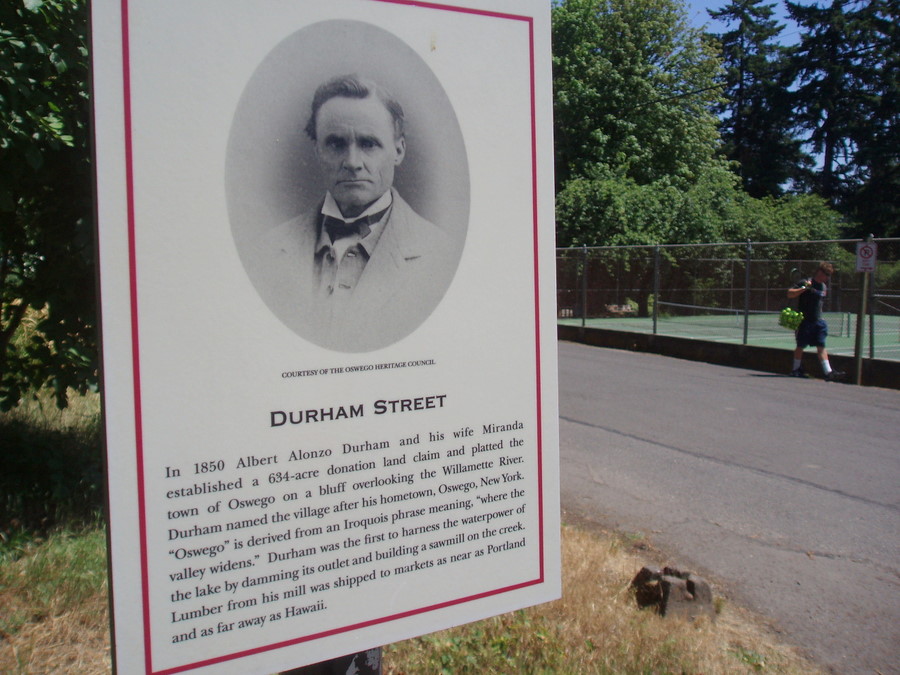

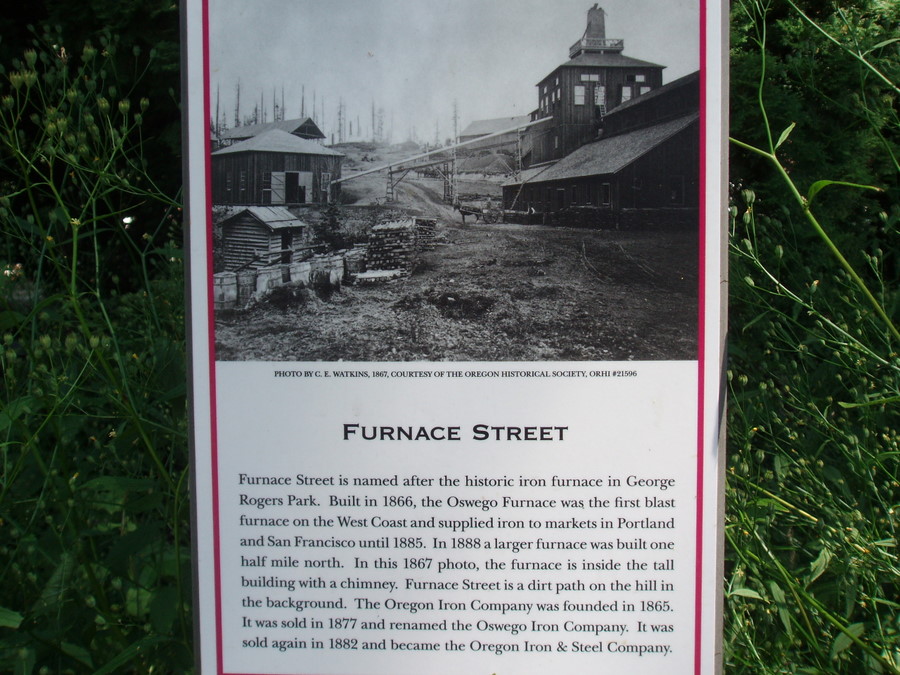




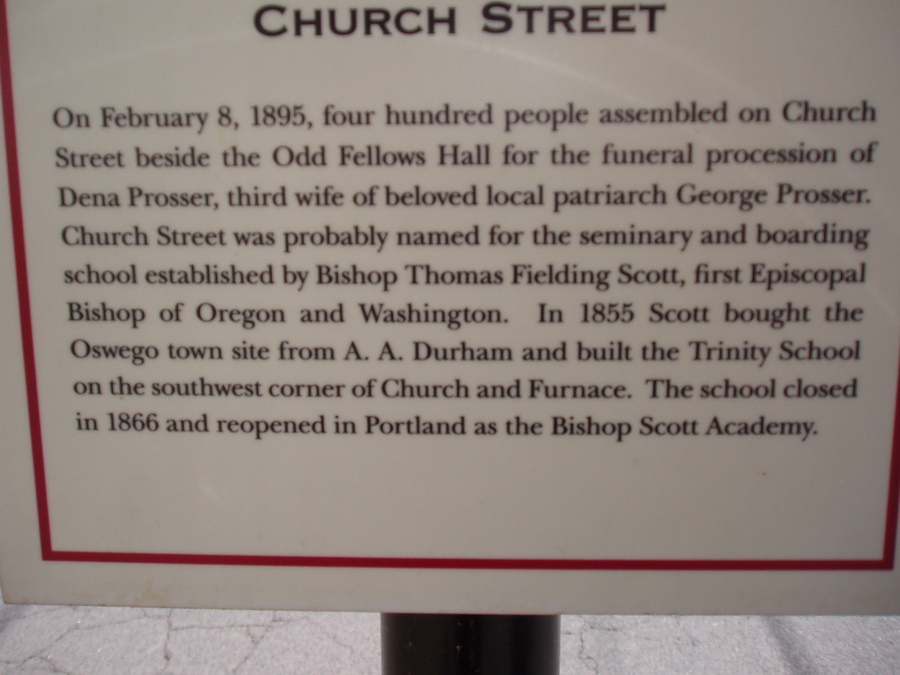




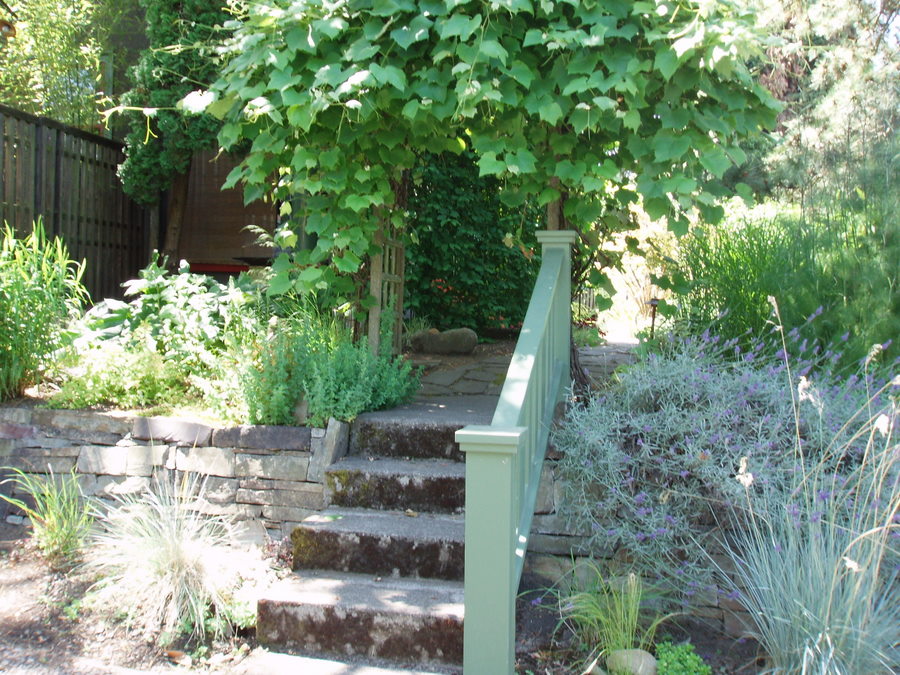




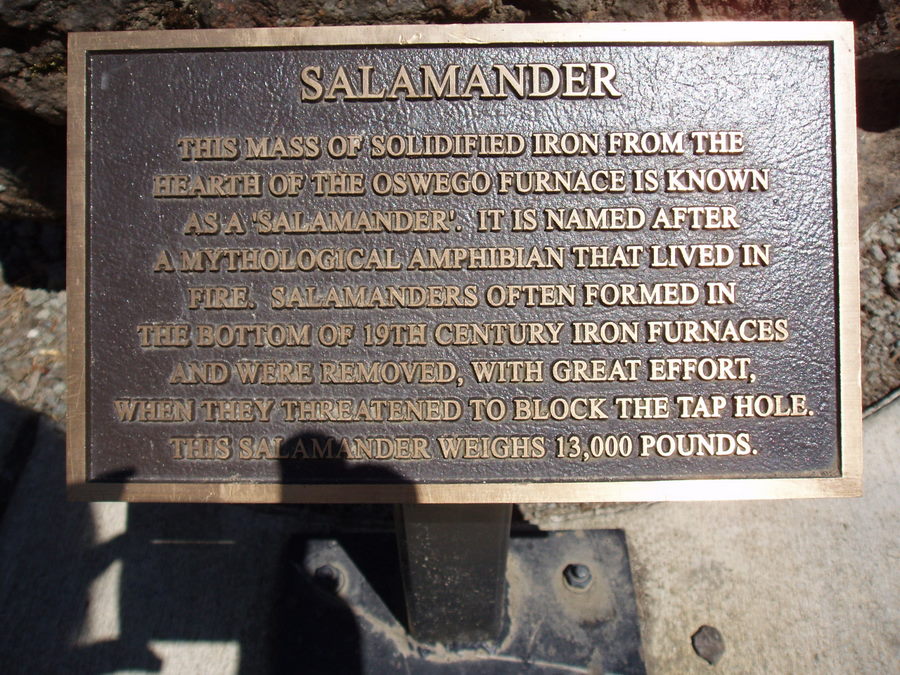


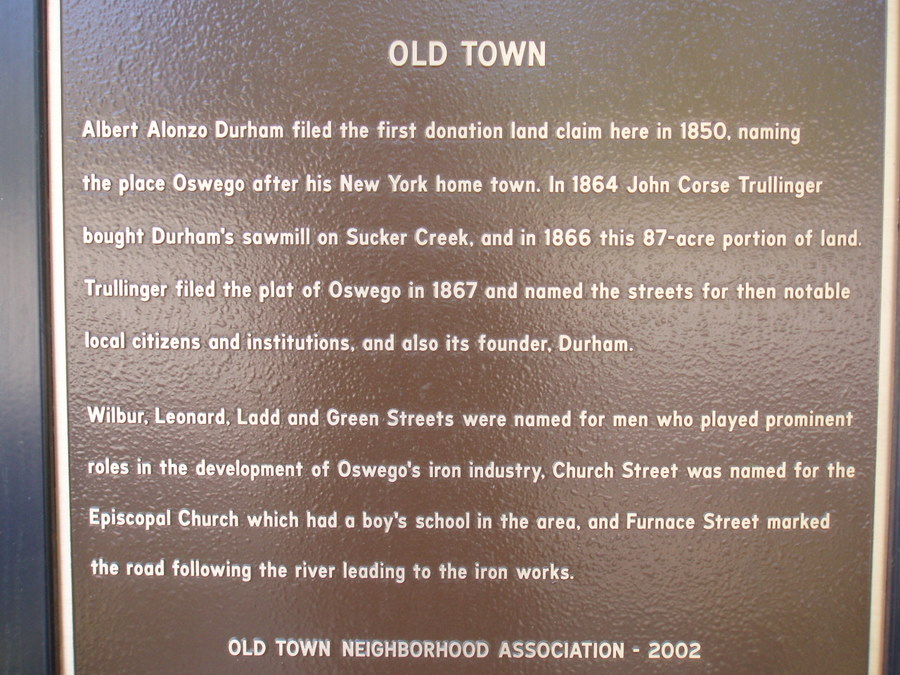
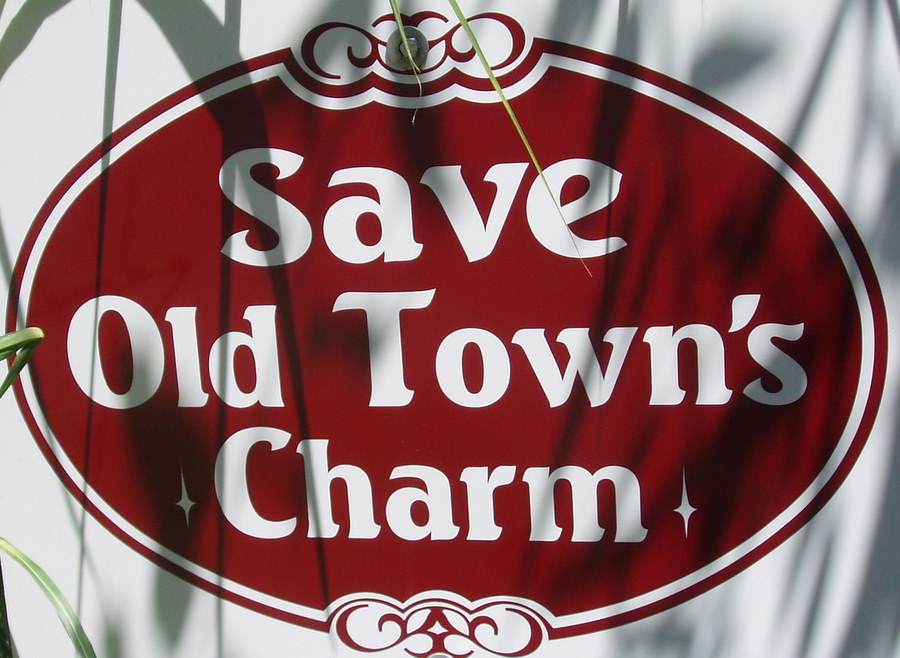


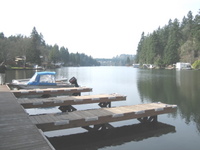
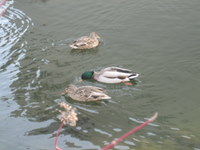 According to Kelley Woodwick at Chicago Title, there is good news for sellers, in that flood insurance contracts may be transferred to new buyers at grandfathered rates and zones. Again, check the city’s new maps before June 18th to acquire information on the grandfathered areas… after the 18th, I am told that the information will most likely be removed from the website.
According to Kelley Woodwick at Chicago Title, there is good news for sellers, in that flood insurance contracts may be transferred to new buyers at grandfathered rates and zones. Again, check the city’s new maps before June 18th to acquire information on the grandfathered areas… after the 18th, I am told that the information will most likely be removed from the website.